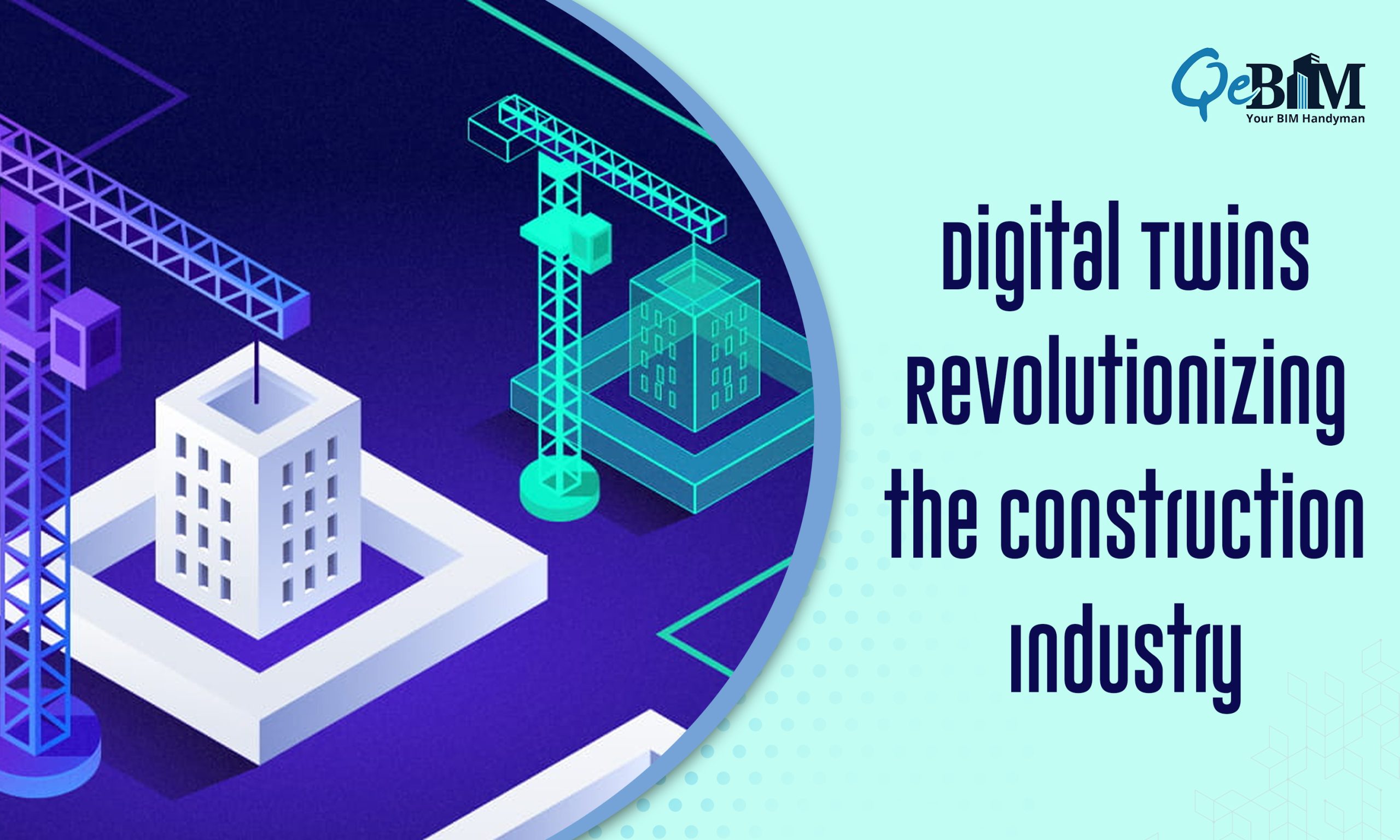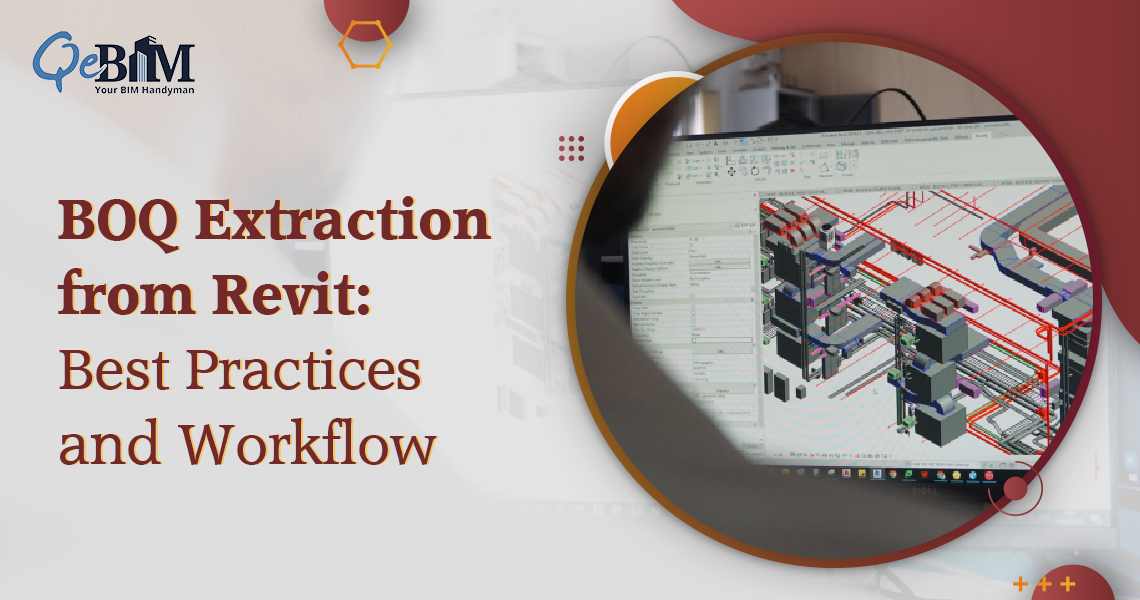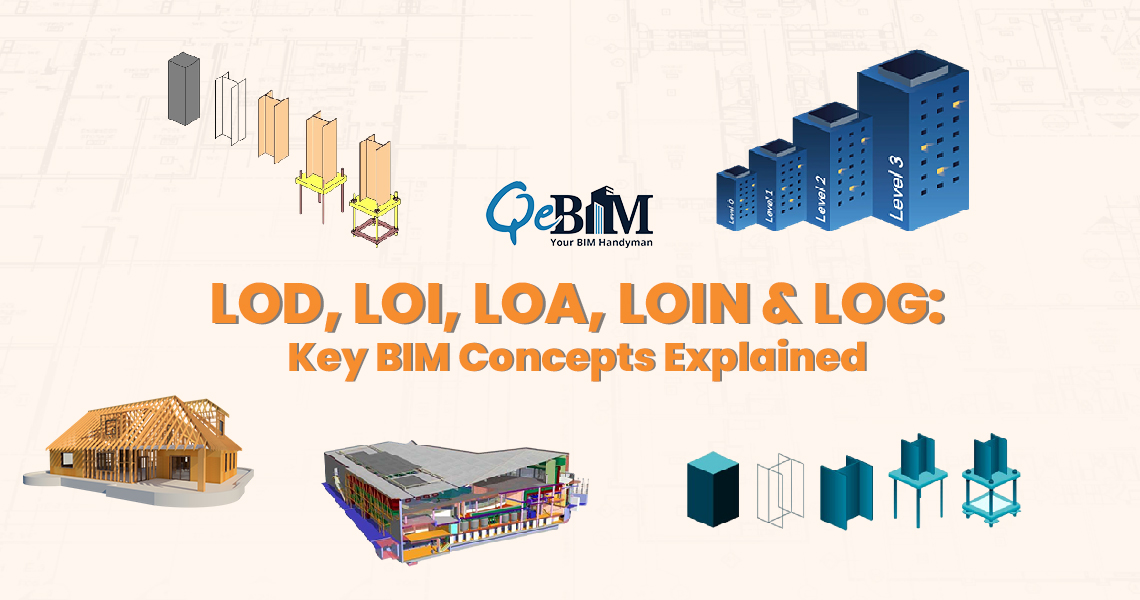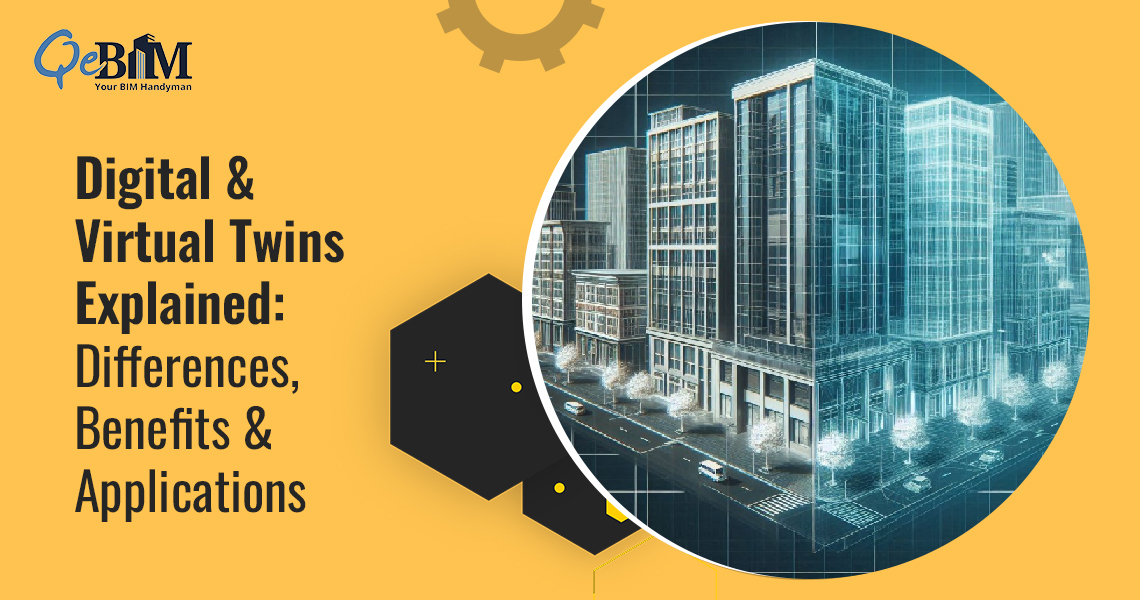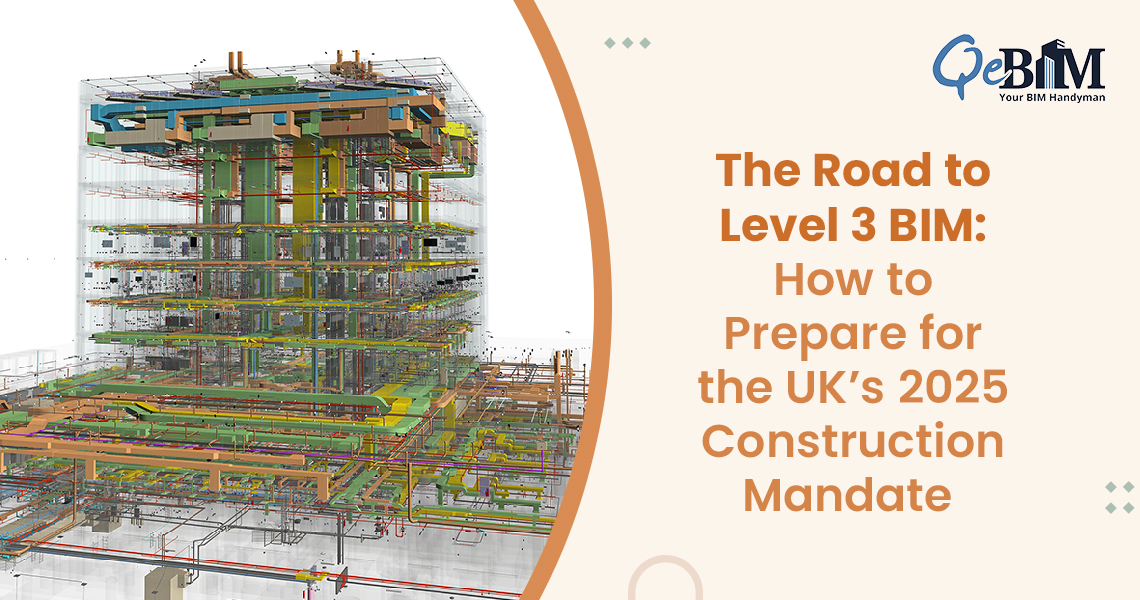Introduction
The construction sector has made considerable strides in recent years, and digital technology has been instrumental in changing long-standing practices. Digital twins are one such idea that has become quite popular. Digital Twins possess the ability to completely change the construction sector and improve the operational efficiency of buildings by using the potential of sophisticated data analytics, and simulation, including virtualization. This essay will examine the effects of digital twins on the construction industry along with the way they might enhance the integrity of structures.
Understanding Digital Twins
Digital twins are made and connected to virtual versions of real-world equivalents of physical assets, procedures, or networks. Digital twins include simulated replicas of construction sites or infrastructure projects within the construction sector. They incorporate many data resources, such as information collected by sensors, continuous surveillance, and Building Information Modelling (BIM), to offer a comprehensive perspective of the building during its existence.
Construction is only one of the many industries that may use digital twins, along with manufacturing, medical care, along with transit. Digital twins are virtual representations of structures, infrastructure projects, and occasionally whole towns that are used in the construction industry. They combine information from several different places, including BIM Services, IoT sensors, geographical data, meteorological data, as well as upkeep documents, to provide a thorough digital model that would further mirror the physical asset or resources.
The key characteristics of Digital Twins include:
1. Enhanced Collaboration and Communication
Better cooperation and communication amongst the numerous parties engaged in the building process are made possible by digital twins. BIM services from specialized BIM businesses make it possible to create and maintain the digital models that form the basis of Digital Twins. These models enable collaborative visualization and analysis of the building’s design, construction, and operation by designers, contractors, engineers, and proprietors. Possible design conflicts, construction holdups, and cost overruns may therefore be discovered and handled early on, improving project results. Incorporating digital collaboration tools can save time during construction by as much as 20th percent, in accordance with a McKinsey analysis.
2. Optimized Design and Planning
Using digital twins, design professionals and architects may streamline the planning as well as design phases of a structure. Designers may assess numerous design choices while emulating their performance across different circumstances by incorporating BIM data into the Digital Twin. This enables better-informed decisions to be made concerning the choice of resources, energy-saving techniques, and the durability of the structure. Digital Twins aid in decreasing design revisions and lowering the possibility of design defects through realistic modeling and evaluation, which eventually results in reductions in time and expenses. According to research, using Digital Twins during the design stage could lower prices for materials by 20% while reducing construction time by as much as ten percent (source: World Economic Forum).
3. Real-time Monitoring and Predictive Maintenance
Continuous surveillance, as well as proactive upkeep skills, are two of the major benefits of digital twins. Data may be continually gathered and supplied into the Digital Twin by embedding sensors and IoT devices into the actual structure. This makes it possible for stakeholders to keep tabs on the building’s achievement, spot abnormalities, and foresee possible problems before they become serious. For instance, sensors may spot fluctuations in energy consumption trends, giving facility managers the opportunity to optimize energy use and predict equipment breakdowns before they happen. Based on McKinsey research, using Digital Twins to execute scheduled upkeep may save costs associated with maintenance by up to twenty-five percent and boost equipment reliability by between 10 and 20 percent.
4. Improved Energy Efficiency and Sustainability
Building energy effectiveness and environmental sustainability have been considerably improved because of digital twins. Digital twins give stakeholders the ability to pinpoint possibilities for energy utilization optimization including carbon emission reduction by analyzing thermal efficiency, and energy consumption trends, including environmental factors. For example, simulations run on Digital Twins may assess the effect of various HVAC systems, lighting arrangements, and insulating substances on energy usage. This facilitates the process of arriving at choices that will increase energy effectiveness, lower operating expenses, and advance sustainability objectives.
Conclusion
In the construction sector, the incorporation of digital twins with building information modeling (BIM) has become especially important. Additionally, Digital Twins have changed the landscape for the construction sector, providing a host of advantages with respect to cooperation, design optimization, continuous surveillance, and efficient use of energy. Building specialists may unleash the complete capabilities of Digital Twins in order to enhance building performance and lower risk associated with projects by utilizing BIM services offered by specialized BIM Company. The construction sector is poised to undergo a shift as the use of digital twins increases, leading to more effective portray results and cost savings, and environmental sustainability.
